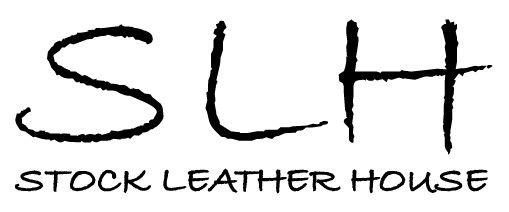Top grain
Top grain: full grain leather that has been corrected.
How can I recognise it?
Top grain is the best cut of cattle skin (a type of leather used mainly for footwear and luggage).
Initially very thick, the skin is cut into two layers: the upper layer is called top grain, and is the most robust and prestigious piece of the skin. After being cut, the leather must be finished in order to undergo other applications.
After this, the tannery decides if the leather can be coloured and finished in its natural state, without any alteration being made to the surface (full grain, with the presence of small faults that confirm its naturalness), or if it has to be corrected. This last procedure involves reducing or eliminating possible signs on the surface of the hide, such as insect bites, scratches, open and closed scars, wrinkles, blind grain, brands and others.
The finished leather is then dyed with colourants or pigments, according to the result to be obtained and the final use.
Top grain leather.
Only the hair has been removed from the surface of this type of leather, and it does not undergo any further treatment. It therefore has natural signs, such as scratches, wrinkles and others, that are visible but not excessively. These small imperfections identify the prestige of this leather. Another characteristic of top grain leather is that it contains less humidity than others when it comes into extended contact with other surfaces.
Only 10% or 15% of the skins can be finished as top grain, often with aniline dyes.
Corrected top grain leather.
This type of leather is not tanned, either naturally or with aniline. The natural imperfections are corrected and the surface is buffered and recoated with pigments or colourants. Corrected top grain can be finished in two manners: semi-aniline and pigmentation. This type of leather is resistant and long-lasting.

